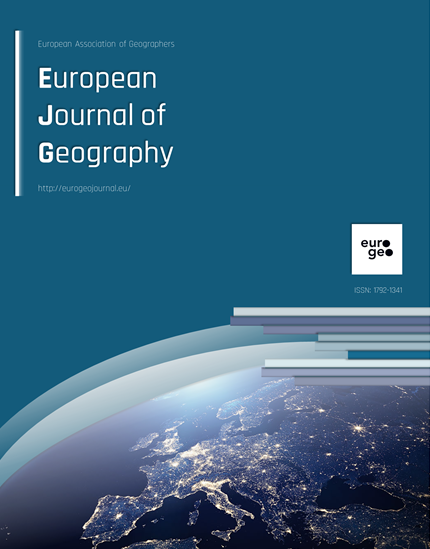A MICROECONOMIC ASSESSMENT OF GREECE’S CORE-PERIPHERY IMBALANCES (1994-2002) CONFIRMING KRUGMAN’S INITIAL NEW ECONOMIC GEOGRAPHY MODEL
Published 2022-01-10
Keywords
- Core-periphery,
- Imbalances,
- Economic Geography,
- NEG,
- Microeconomic Growth
How to Cite
Abstract
This paper contributes to the literature of ec onomic geography by provi ding a first empirical confirmation of Krugman’s initial new economic geography model, in the Greek economy. A sample of Greek SMEs, drawn from four selected regions having different levels of centrality and five major industries in the 1995 – 2002 period, is found to be representative of the Greek business population, by the use of non-parametric tests. A cross-sectional model associates logarithmic SME employment growth with prox ies used for capital, labour, land, industrial infrastructure, policy support, firm size, manufacturing and distance from Athens. The significance of the last three factors captures the operation of a microeconomic core-periphery model, as suggested by Krugm an (1991) and agrees with a discussion on core-periphery imbalances in Greece. The latter however have not yet been diagnosed in literature by the use of models. Policy implications concerning Eu rope 2020 strategy relate to the need for manufacturing growth in peripheries, its interregional and inter-industrial diffusion.

